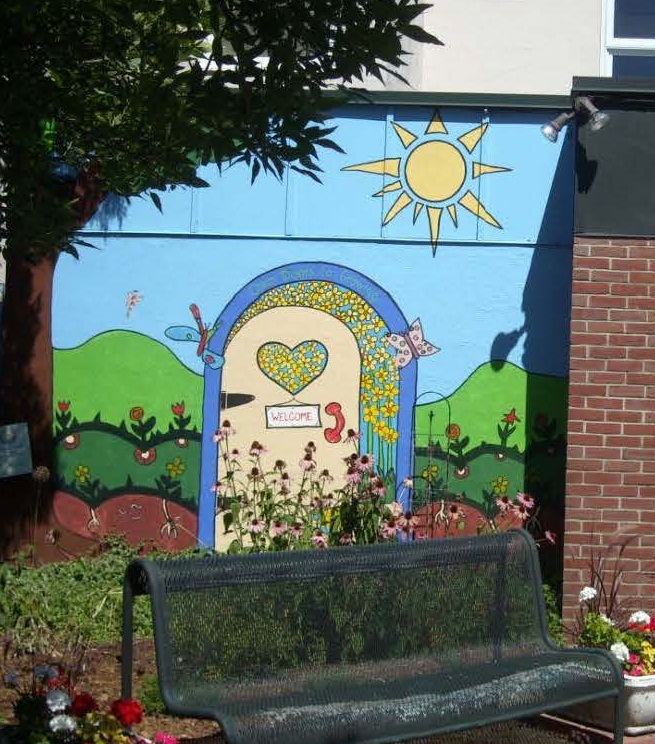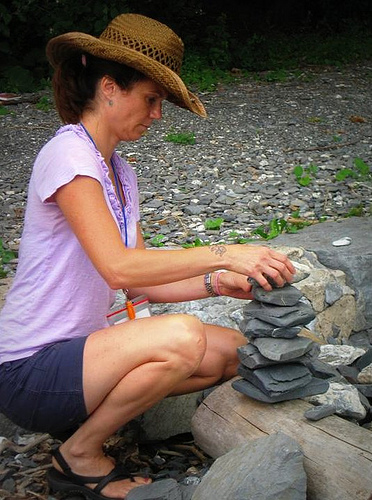 |
 |
|
 |
||
 |
||
|
"True human wisdom has as its bedrock an intimate knowledge of the immediate environment and trained capacity for dealing with it." - John Dewey, Schools of To-morrow, 1915 |
||
|
Design Tools
A LESSON outlines a plan to explore a specific concept or skill in one specific time and place (although some lessons can take more than one class.) If going out in to the field a lesson might include a plan for pre-and post experience. For example, if you were going to take your students to the river to learn how to create nature journals, you would introduce new material before the visit and review it afterwards. The focus on nature journaling would all be one lesson and it might sit within a larger unit on river ecology or forest communities. A LESSON has a specific outcome. The outcome is determined by the focusing question. For example—a focusing question for the nature journal lesson might be “What is a nature journal?” or “How can I successfully record what I see outside?” The “answer” to the focusing question determines what you will be giving feedback on. Assessment of lessons is formative—as students practice the knowledge and skills they need to answer the ESSENTIAL QUESTION at the end of the unit. A UNIT outlines a plan for exploring a big idea over time. A teacher might frame a short lesson, an inquiry or an entire unit on the idea of the treasures that places hold. Instead of thinking of treasures as related to specific subjects, she may want her students to define the “treasures” they find. In framing an essential question such as “What are our local treasures” the teacher poses a different inquiry than a question such as “What is the history of our place?” To explore the idea of treasures the class would have to explore the concept of “treasures,” experience some examples and set up a frame to understand how people view treasures. Since the word treasures suggests personal values, it is an opportunity for students to explore their own values as well as what members of their community “treasure.” The shape of the “answer” will be crafted by what students find hidden in the community. They may find treasures and bring them forth to consider in new and unexpected ways. Check out an example Unit: "What are our Local Treasures?" This unit was developed with teachers at the Fairfield Center School in Fairfield, Vermont in a course on place-based education held in 2009-2010.
|
||
 |
||
|
|
|
|
 Most written curriculum design work focuses on two products: a lesson and a unit of study. In place-based education the teachers uses the same tools but weave a deeper purpose into the plan and make space for the possibility of more authentic connections.
Most written curriculum design work focuses on two products: a lesson and a unit of study. In place-based education the teachers uses the same tools but weave a deeper purpose into the plan and make space for the possibility of more authentic connections.